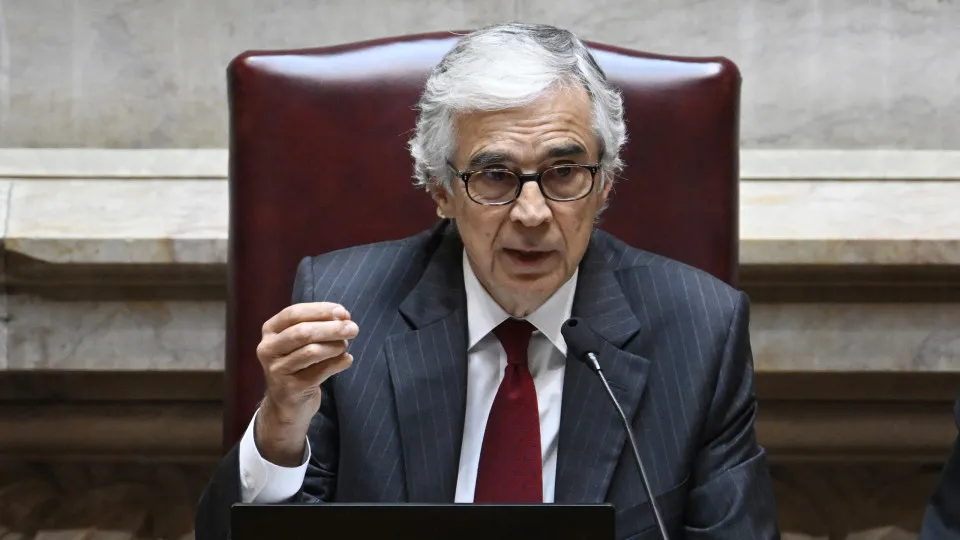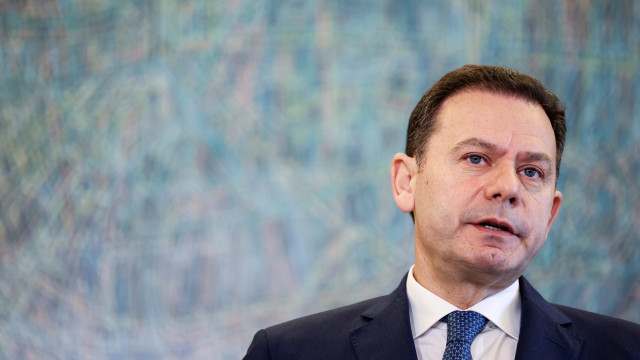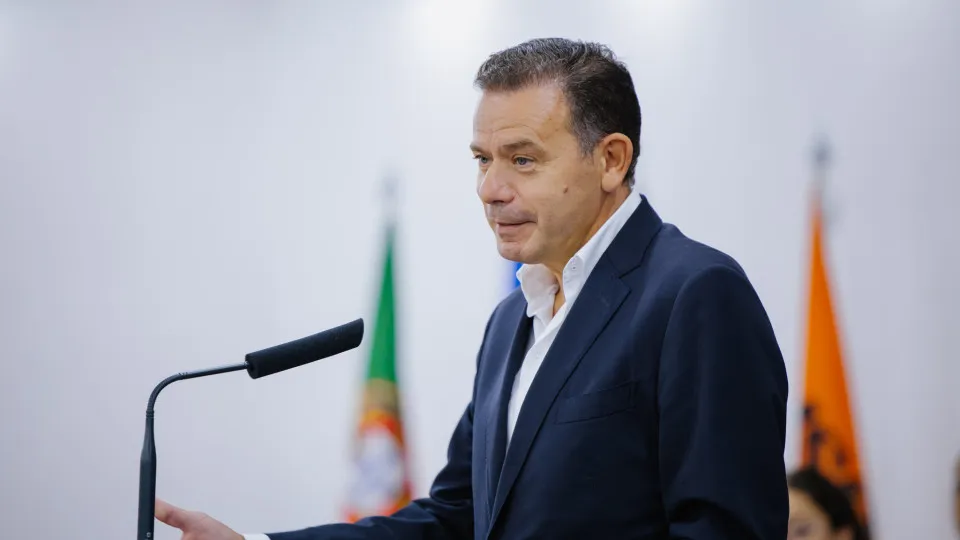
“I expected it to be [left out]. I actually told the people who did all the hard work and took that initiative ‘this won’t work’. I told them because these things take a long time, and something that counts a lot in the evaluations is time,” revealed the architect.
Siza Vieira spoke to journalists on the sidelines of a presentation organized by the Porto City Council for a subdivision project on Avenida da Ponte, an area for which he has already presented three projects since 1968.
The architect considered that the UNESCO World Heritage Committee would not approve “something done the day before yesterday, and even less so when the application is only for the work in Portugal, naturally.”
“And in Portugal, I almost only have ruins and little houses. Almost nothing, right? Where I have work is in the Netherlands, Germany, Italy, Korea, China,” he lamented.
In the decision regarding the application “Architectural Works of Álvaro Siza in Portugal,” the UNESCO World Heritage Committee, which concludes its 47th session today, started on July 6 in Paris, recommends “reconceptualizing” the proposal to “include a reduced selection of internationally influential examples of Álvaro Siza’s works,” and requires the assurance that “the selected component parts are listed as National Monuments.”
Among other recommendations related to “the limits” of the selected works, such as the incorporation of “entire buildings” and surroundings that meet “integrity conditions” and “additional protection,” the UNESCO committee also requires the definition of plans for “risk management, interpretation, communication, and maintenance” as well as the establishment of an association responsible “for the overall management” of these works.
The application, coordinated by the Faculty of Architecture of the University of Porto (FAUP), encompassed the FAUP building itself, the Serralves Museum and the Bouça neighborhood in Porto, the Piscina das Marés and the Boa Nova Tea House in Matosinhos, the Pavilion of Portugal in Lisbon, the Church of Marco de Canaveses, and the Alves Costa House in Caminha.
From Portugal, three reports on the conservation states of the Sanctuary of Bom Jesus in Braga, the Royal Building of Mafra, and the Historic Center of Guimarães and the Couros Zone were also submitted.
The United Nations Educational, Scientific and Cultural Organization (UNESCO) World Heritage Committee was meeting in Paris to analyze and vote on applications from countries across five continents, including Brazil, Guinea-Bissau, and Mozambique, besides Portugal.
The World Heritage Convention, Cultural and Natural, was adopted by UNESCO in 1972 and aims to “protect heritage properties of outstanding universal value,” as stated on the UNESCO National Commission’s website.
The city of Busan, South Korea, will host the 48th session of the UNESCO World Heritage Committee in 2026.




